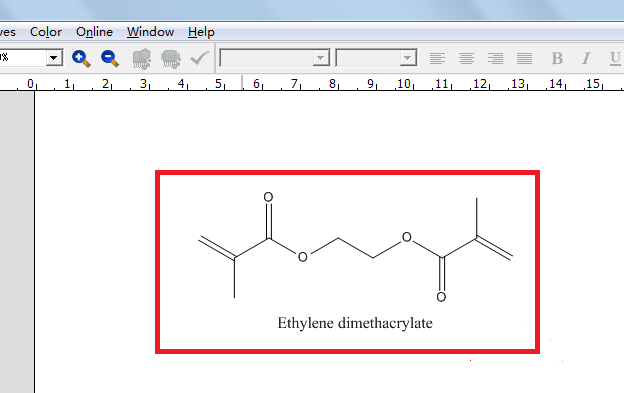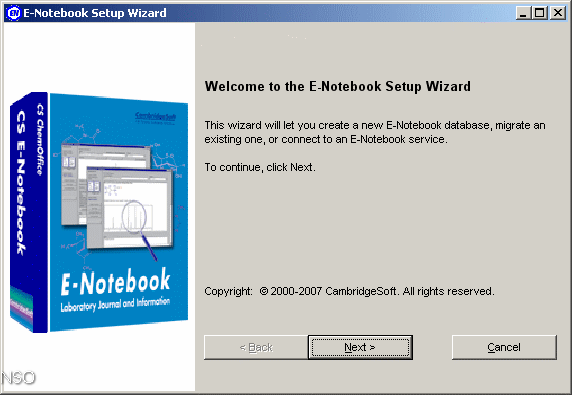

The documentation is good, and the tutorials are excellent. Finally, the fragmentation tools allow you to evaluate the mass of the fragment of a molecule easily. The BioArt structures are augmented by additional structures, e.g., immunoglobulins, endoplasmic reticulum, etc., and a periodic table can be easily accessed.

There are more predrawn templates, including a variety of nanotubes, polypeptides, supramolecules such as calixarenes, and amino acid side chains as well as the 10.1021/ja0697875 CCC: $33.50 © 2006 American Chemical SocietyĪmino acids themselves. Version 10 has a template for a TLC slide that can be modified for different numbers, types, and shapes of spots. There are more chemical symbols, including a greater variety of “attachment” points, allowing the structure to be attached to a bead, for example. Other improvements to ChemDraw Ultra 10.0 from 7.0, my previous version, include “disequilibrium” arrows that indicate in which direction the equilibrium lies and double-headed arrows.

The arrows tool has more types of arrows and, more importantly, allows the angles of the arrows to be modified. Rectangles and ovals can also be adjusted in one direction, giving a fat or skinny oval. In older versions of ChemDraw, you could select an object and rotate or resize it in the newest version, you can also resize in one dimension, that is, make the structure “fatter” or “taller”. In addition, there are some smaller changes that remove some previous irritations. This is not a crucial feature, but I can see that it has the potential to make life simpler. When the product is isolated, that information can be included to get percent yield.

If you are using a solution, you can enter the molarity and volume. A grid appears in which you can identify the limiting reagent and the amount of that reagent, and the program will calculate all of the other amounts needed and the amount of product formed. With it, you simply draw the reaction, select as a group all of the reactants and products, and choose “analyze stoichiometry”. One feature that is particularly useful is the stoichiometry grid. ChemDraw Ultra 10.0 has several features that are either new or improvements on existing versions of the program.
#Analize stoichiometry chemdraw ultra 12 professional
ChemDraw offers “one-stop shopping” for molecular information, in addition to providing a convenient way to create professional molecular drawings. This version is also integrated with Chem3D, allowing three-dimensional visualization of molecules, E-Notebook for electronic record-keeping, Mestrec-Lite for processing of NMR data, and to locate physical properties of molecules. The newest version, ChemDraw Ultra 10.0, includes a subroutine that will calculate the stoichiometric quantities for a reaction (see below for more details). Newer versions of ChemDraw are more than just drawing packages rather, they are analytical tools, allowing the calculation of exact molecular weight, elemental analysis, m/e for the parent ion, including isotopic abundances, proton and carbon chemical shifts, boiling/melting points, critical pressure and temperature, and ∆Hf. ChemDraw is the “industry standard” chemical drawing package, as evidenced by the fact that ACS journals refer to ChemDraw in the instructions to authors for the preparation of chemical figures. Commercial Price: $1910 for download, $2150 for CD-ROM Academic Price: $710 for download, $800 for CD-ROM. CambridgeSoft, 100 CambridgePark Drive, Cambridge, MA 02140.


 0 kommentar(er)
0 kommentar(er)
